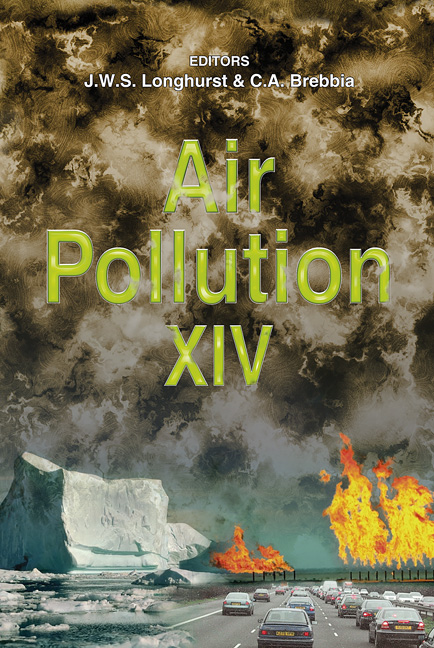On Site Monitoring Of Smoking Lounges In An Office Building Based On The PM2.5 Indicator
Price
Free (open access)
Transaction
Volume
86
Pages
6
Published
2006
Size
294 kb
Paper DOI
10.2495/AIR060421
Copyright
WIT Press
Author(s)
L. de Santoli, F. Cumo & G. Guidi
Abstract
In this paper are summarized the final results of a two-month continuous monitoring campaign on seven smoking lounges and some copy areas in a building housing the offices of a big company. The monitoring is based in particular on the detection of suspended particulates, in order to confirm some experimental correlations of the PM10/ PM2.5 ratio in this critical situation. The experimental measures have been performed in smoking lounges equipped following the technical requirements of the Italian Regulation (DPCM 23 December 2003) recently approved (10 January 2005). The final results show how PM10 and PM2.5 concentrations in the proximity of smoking areas were similar to the conditions of an outdoor high-polluted environment while inside smoking lounges the mean values detected were respectively 110 and 60 µg/m3 confirming the PM10/PM2.5 ratio of between 1.5 and 2.5 reported in technical literature. As a conclusion it is possible to underline how the presence of HVAC plants with specific requirements (no air recirculation, inlet air flow-rate 105 m3/h per person, ∆P of 5 Pa between smoking lounge and surrounding areas) is able to prevent the diffusion of passive smoke in no-smoking areas. Moreover, the extrasmall particulates (PM2.5 and PM1) are not removed enough inside smoking lounges due to the great decrease of the filter capitation efficiency for particulate matter with diameters lower than 3–5 µm. 1 Introduction The possibility of a continuous monitoring of airborne particulate with portable equipments allows one to evaluate with high precision the concentration of small
Keywords





